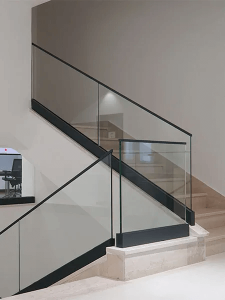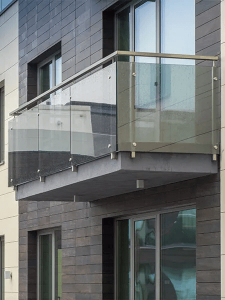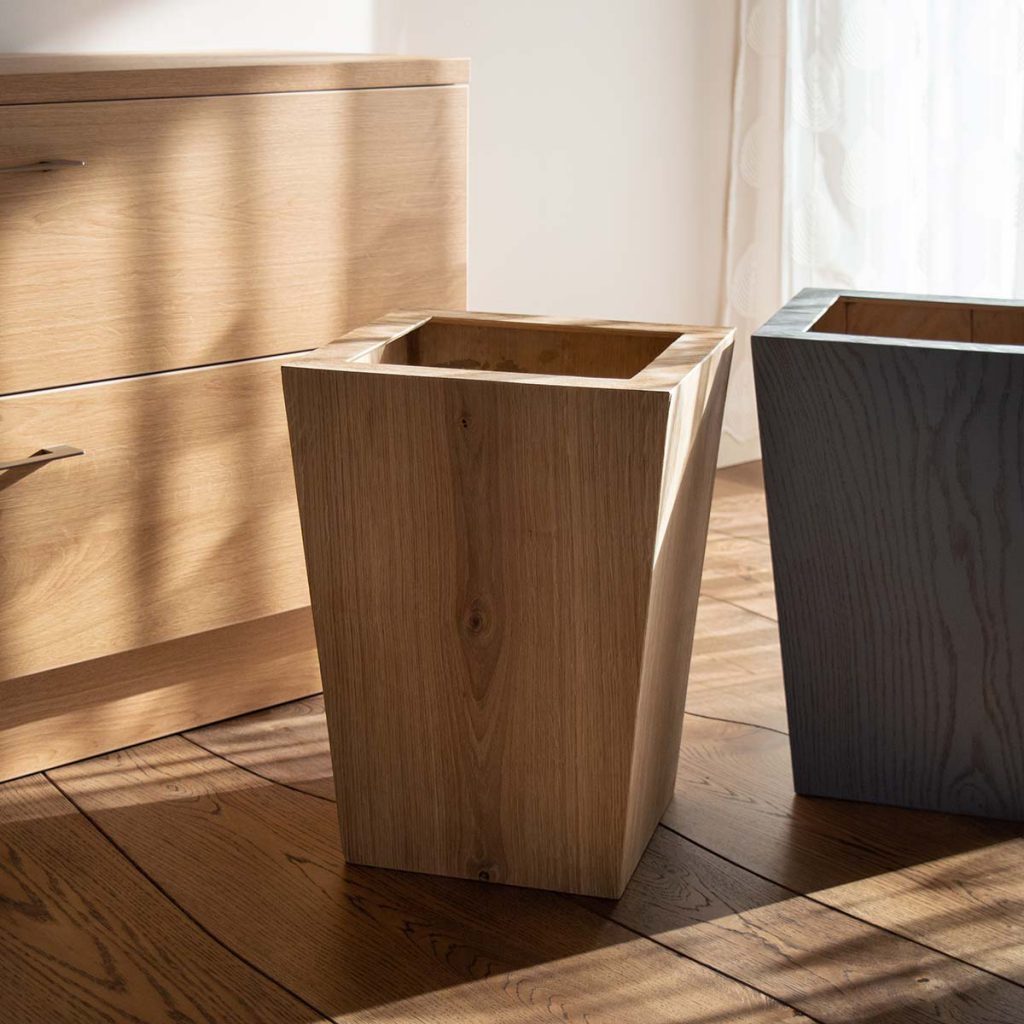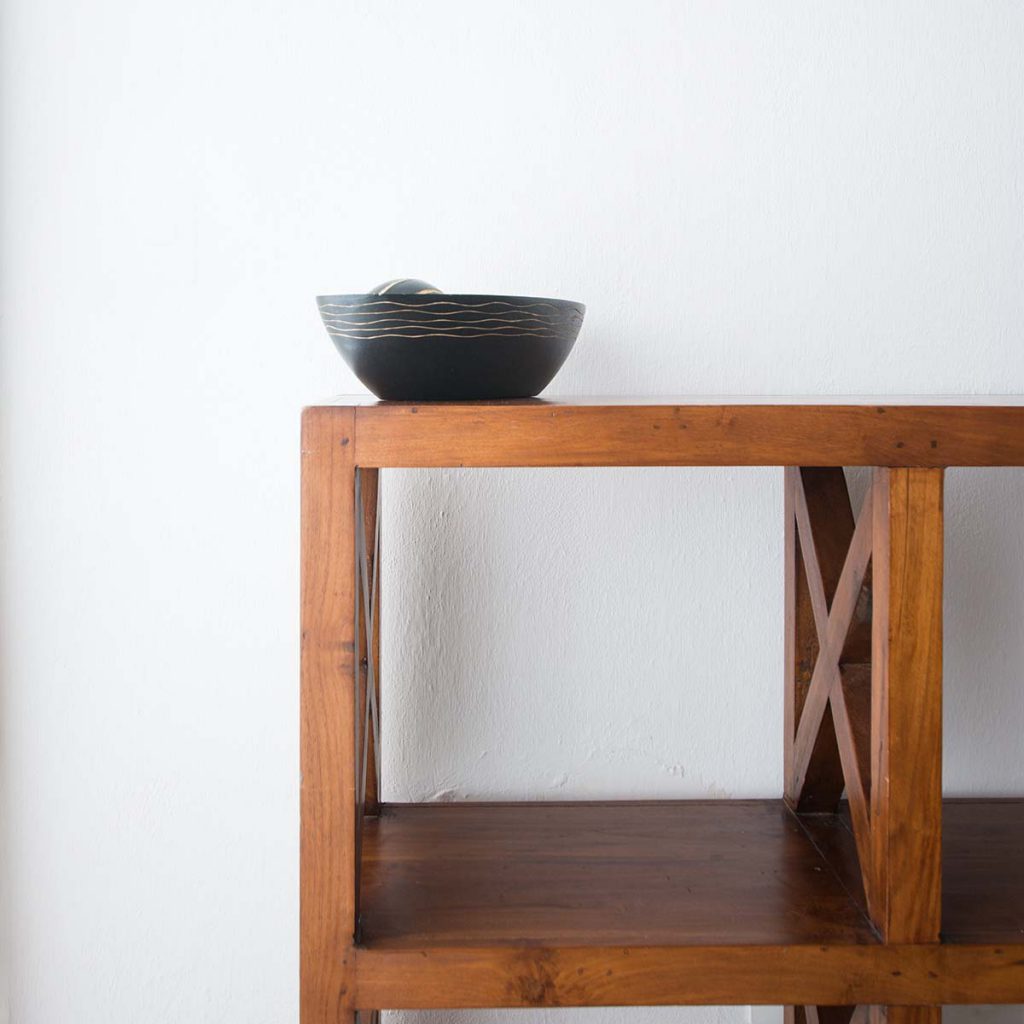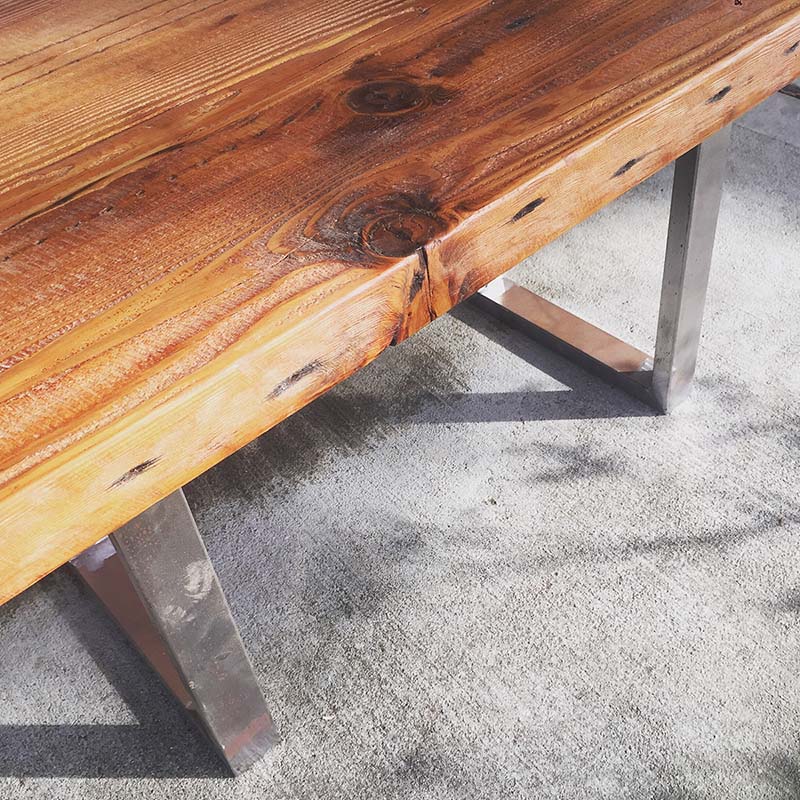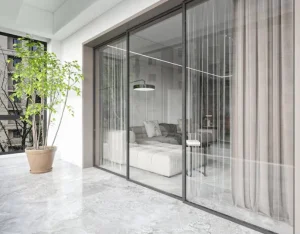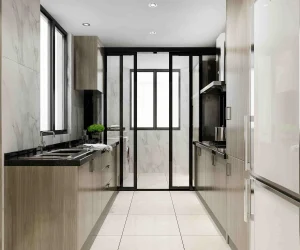Sliding patio doors make a home feel open and connected. You slide one open and the backyard just blends right in — that’s part of their charm. Most modern ones, like Hiseng’s aluminum-clad wood patio doors, combine warm interior wood with a tough, weatherproof shell. They look great and feel solid. But here’s the thing: even good doors age, and small problems sneak in over time.
You usually don’t notice until one morning when the door’s hard to push, or you see fog trapped inside the glass. That’s when the “overlooked” part starts to cost you money.
Highlights
- Sliding patio doors are loved for their smooth glide and wide view — until grit, moisture, or time catch up.
- Tiny issues, like a rusty screw or a tired seal, can mess with both performance and insulation.
- A few minutes of maintenance every few months can save a weekend of frustration later.
1. Hidden Track Damage Beneath the Rollers
One of the sneakiest problems hides under the rollers. The bottom track collects everything — dust, sand, pet hair, even the occasional pebble. Add moisture, and you’ve got corrosion or tiny dents that stop the door dead halfway through a slide.
If you’ve ever tried pushing a stuck patio door with your shoulder, you know the feeling.
Real tip: vacuum the track, then run a toothbrush with warm, soapy water through it. Dry it well and spray a thin layer of silicone lubricant. It’s a 10-minute fix that most people forget for 10 years.
2. Warped or Swollen Frames
Wood and weather have never been best friends. After a few rainy seasons, wooden or composite frames can swell or twist just enough to throw the door off its line. The door may look fine, but it grinds instead of glides.
You can sand a swollen edge or reseal the finish, but if the frame’s really warped, replacing it might be easier. Hiseng uses aluminum-clad wood frames for this exact reason — they absorb less moisture and maintain their shape longer, even in coastal climates.
3. Deteriorated Weatherstripping and Gaskets
Those thin rubber strips do more than you think. Once they crack or pull loose, you’ll feel a faint draft or hear outside noise getting louder. Most people just think it’s “aging,” but it’s literally air sneaking in around the edges.
Check for brittle or flattened sections twice a year. Replacing a strip costs less than lunch. The difference in comfort — and your heating bill — is surprisingly noticeable.
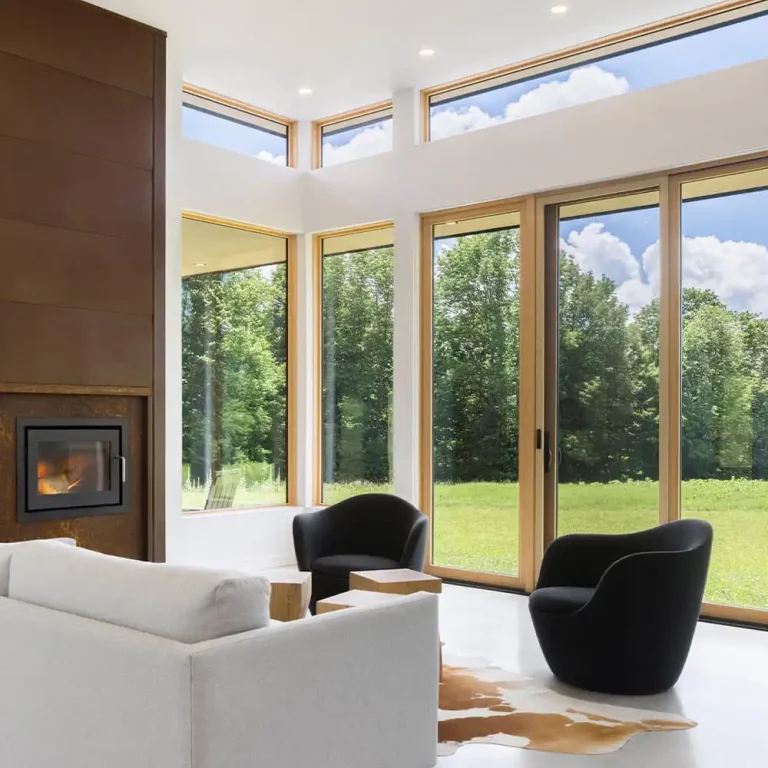
4. Misaligned Door Interlock
That vertical strip where two panels meet? If it’s slightly off, you’ll never get a clean close. The door will rattle in the wind or the lock won’t click right.
Misalignment happens slowly — just a few millimeters from frame settling, or simply years of use. Adjusting the roller screws often solves it. But if you’ve fiddled with it a few times and it still feels off, call a pro. Hiseng installers usually realign the frame squarely and check the rollers at the same time — it’s not a big job, but it’s one you want done right.
5. Condensation Between Glass Panes
When you spot fog between panes, that’s the thermal seal giving up. No amount of wiping will helps.
It’s not just a cosmetic issue either — moisture trapped inside can rot the spacer or freeze in winter. Once that happens, insulation drops fast.
You’ll need the glass unit replaced, not just resealed. Professional glaziers can swap it out in an afternoon. Most Hiseng glass units are factory-sealed, meaning the odds of this happening are much lower, but it’s still worth watching for after a decade or so.
6. Rusted or Loose Fasteners
Metal hates moisture. Screws, handles, and locks loosen or rust quietly until one day the handle wiggles or falls off.
Once a year, grab a screwdriver and give everything a quick tightening. If you spot rust, switch to stainless steel screws and dab on a drop of anti-rust spray. It’s the sort of low-effort maintenance that keeps your door feeling sturdy and safe.
When to Call a Professional
Some repairs can be done in an afternoon; others are just not worth the stress.
If the frame’s badly bent, the glass is fogged, or the door has completely come off its track — stop wrestling with it.
Hiseng’s service technicians handle full realignments, seal replacements, and glass swaps every day. They’ve got the tools, the parts, and the patience most of us don’t. A small service call beats replacing the whole system later.
How to Prevent Overlooked Problems
Here’s what regular owners — not pros — can do to keep things running smoothly:
- Monthly: vacuum and wipe the tracks.
- Quarterly: check the weatherstripping and corner seals.
- Yearly: lubricate rollers, hinges, and locks.
- Anytime: keep humidity steady; wild. Fluctuations can cause wood to swell and shrink.
Little habits like these extend a door’s lifespan way past its warranty.
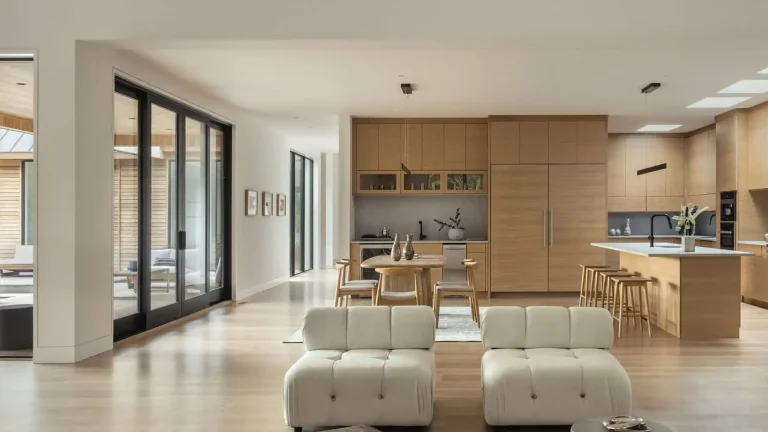
Sliding patio doors aren’t just part of a house — they’re part of your everyday rhythm. Neglect them, and they’ll remind you quickly: sticking, fogging, drafts, that annoying scrape. Deal with issues early, and they’ll glide like new for decades. Hiseng builds patio doors that combine craftsmanship with real-world durability — aluminum-clad wood frames, tight seals, and smart hardware that hold up in both dry and humid climates. From minimalist sliding systems to grand French-style sets, Hiseng doors offer a solid feel and quiet confidence that you notice every time you open them.
FAQ
Q: How often should I inspect my sliding patio door?
A: About every three to six months. Wipe the track, check screws, and see if the lock still lines up. Small issues add up fast if ignored.
Q: What lubricant works best for rollers and tracks?
A: Skip the oil — it attracts dust. Use silicone spray or dry Teflon lube. A quick spritz along the track and rollers works wonders.
Q: Can condensation between glass panes be fixed without replacing the glass?
A: Nope. Once the seal’s broken, that fog is trapped inside for good. The glass unit needs swapping — think of it like a sealed thermos that lost its vacuum.
Q: Why does my sliding patio door feel heavy or hard to open?
A: Usually the track’s dirty, or the rollers have flat spots. Sometimes humidity makes the frame shift just enough to cause drag. Clean first, then adjust. If it’s still rough, it’s roller time.
Q: Which sliding patio door brand is most reliable?
A: If you ask installers, Hiseng comes up a lot. The brand’s aluminum-clad systems take humidity, salt air, and temperature swings better than most. They’re built for long-term performance, not just showroom looks.


